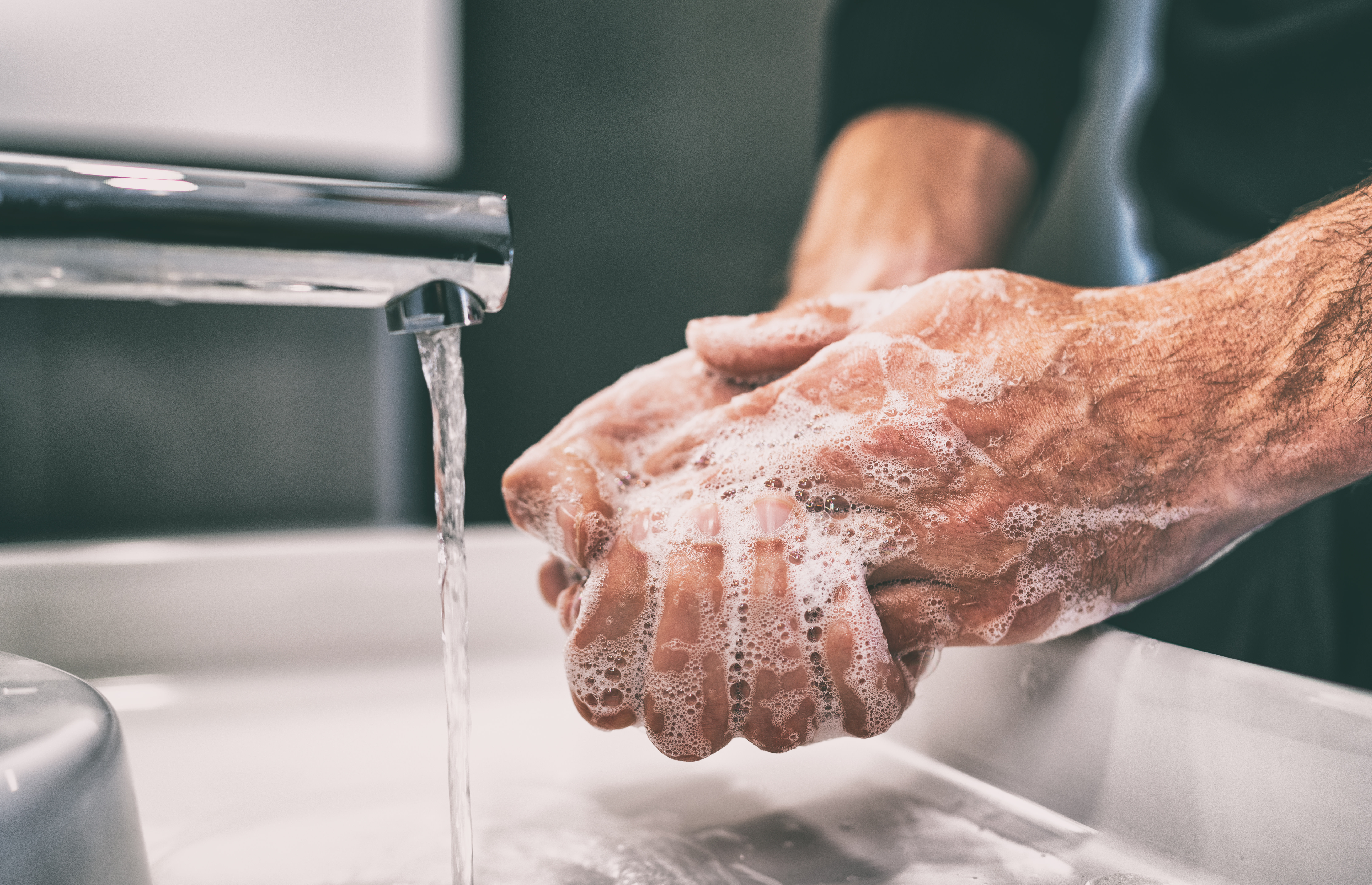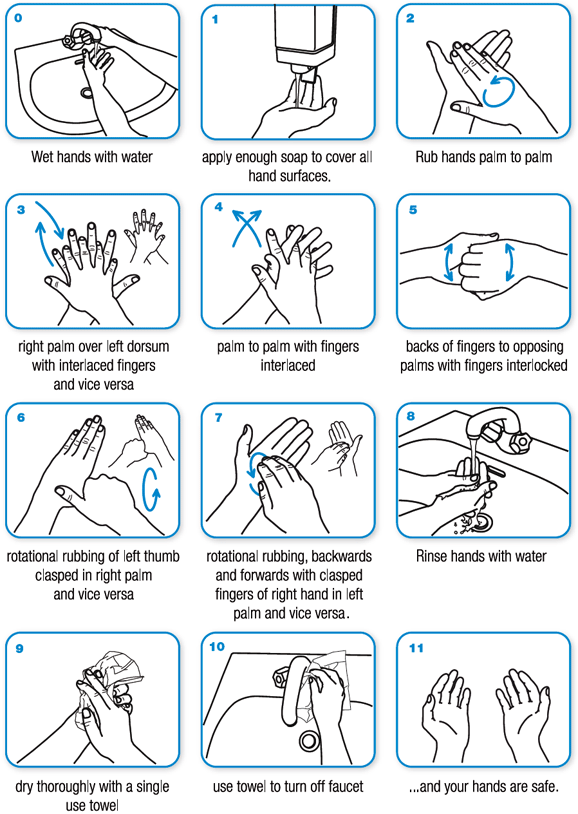
Most of us wash our hands on a regular basis - or at least we hope that most of us wash our hands on a regular basis - but with the advent of the coronavirus pandemic, simply running your hands under the tap just isn’t enough to combat contracting or spreading the disease. The fact is that the vast majority of people don’t adhere to proper hand hygiene recommendations, only washing their hands for a few seconds, giving them a brief spritz under the tap or just rubbing them on their pants. The 20 second recommendation for hand washing isn’t new, but with the threat of COVID-19 it’s definitely time for people to start recognising the importance of good sanitary practices to both protect yourself and prevent the spread of the virus.
Most of us in Australia have never had to face a serious pandemic or epidemic like cholera or other deadly diseases directly linked to hygiene, so the idea that washing your hands properly can save lives seems remote and fairly ludicrous, but that couldn’t be further from the truth.
People touch their face a lot. There is little scientific study related to frequenc of face touching, but one such study, conducted at the University of New South Wales observes that the subjects touches their faces on average 23 times per hour, and that 44% of those facial touches involved contact with a mucous membrane (the eyes, nose and mouth). Given that COVID-19 is spread via mucous membranes - droplets of fluid from a cough or sneeze coming on contact with another person's mucous membranes giving the virus a direct link to the respiratory system - the frequency of touching your eyes, nose or mouth should be a stark reminder that keeping your hands clean is one of the most effective ways of combating infection.
Key Times to Wash Your Hands
If you want to minimise your risk of infection and maintain good hand hygiene, the sink will become a close personal friend. In the case of COVID-19 you should wash your hands:
- After you cough, sneeze or blow your nose
- Before, during and after you handle, prepare and cook food
- Before eating
- After using the toilet
- After being in a public place or touching a shared surface like a door handle or handrail
- Before and after caring for someone who is sick
When Should I Use Soap and Water?
As a general rule of thumb, soap and water can be used any time you wash your hands. Alcohol based hand sanitisers are fine to use when your hands don’t appear dirty or after you have touched a number of shared surfaces such as door handles, elevator buttons and handrails, but given how rare and expensive hand sanitiser is at the moment, soap and water may be a more practical, if a little more cumbersome alternative.
There are no special requirements when it comes to the soap you use. In the early days of the pandemic when hoarding of supplies was at its worst, antibacterial soap was something of a hot commodity, but COVID-19 is caused by a virus, not a bacteria, so antibacterial soap is no more effective than regular soap.
Handwashing: The Basics

Source: World Health Organization
Your individual technique may differ and have a personal flourish, but when you’re washing your hands you should always do the following:
- Wet your hands with clean running water. It doesn’t matter if it’s hot or cold as the type of heat required to affect a potential infectious vector would also be enough to damage your hands.
- Lather your hands with soap and water. Make to lather the backs of your hands and between your fingers as well, not just your palms.
- Rub your hands together, making sure to scrub all surfaces, including the back of your hands and between your fingers for at least 20 seconds.
- Rinse your hands thoroughly under clean, running water.
- Briskly dry your hands on a clean towel or with disposable paper towels. You can air dry your hands but should try to avoid touching anything until they are fully dry.
Getting the Timing Right
The most difficult part about maintaining clean hands isn’t the actual washing but making sure you do it for long enough. The CDC and a number of other health authorities recommend singing “Happy Birthday to You” twice, to get the timing right, but singing may not work for everyone. You could try using a small digital timer or counting in your head, but if you pay attention to scrubbing each finger, your palms and the backs of your hands you shouldn’t have too much trouble washing for 20 seconds or more.
Whatever technique you use, things will become easier and more instinctive with time. The more you make proper hand hygiene a habit the more easily repeatable it becomes. In no time the 20 second hand wash will become a natural part of your routine.